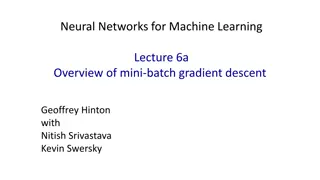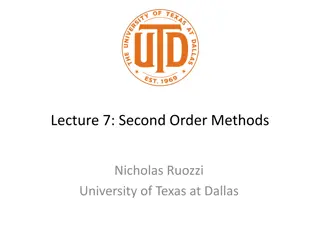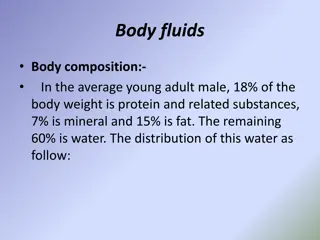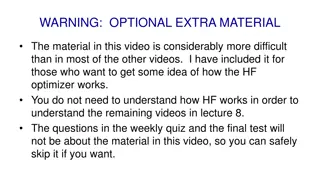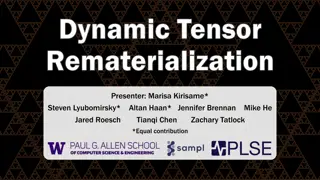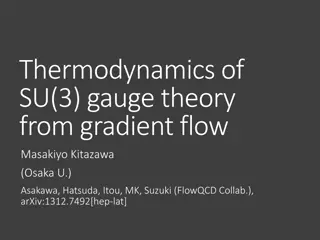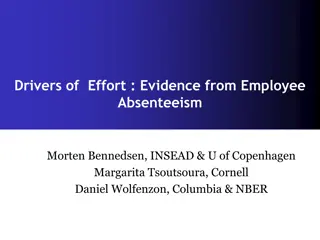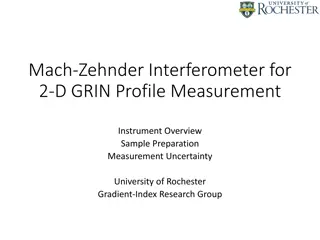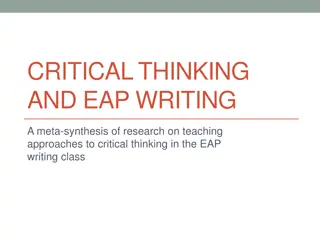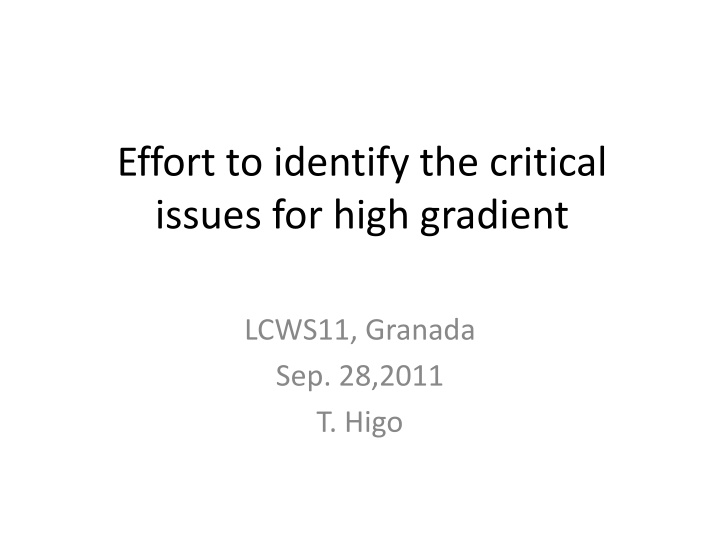
Critical Examination of High Gradient Prototype Structures for Accelerator Technology
This discussion by T. Higo at LCWS2011 in Granada focuses on evaluating the critical issues related to high gradient LC technology, emphasizing the need for improvement and systematic understanding of prototype structures. Key points include the examination of basic technology, possible refinements, technical trials, and comparison of CERN-made structures with SLAC/KEK-made ones. The goal is to enhance the technology to meet the high standards set by CLIC.
Download Presentation

Please find below an Image/Link to download the presentation.
The content on the website is provided AS IS for your information and personal use only. It may not be sold, licensed, or shared on other websites without obtaining consent from the author. If you encounter any issues during the download, it is possible that the publisher has removed the file from their server.
You are allowed to download the files provided on this website for personal or commercial use, subject to the condition that they are used lawfully. All files are the property of their respective owners.
The content on the website is provided AS IS for your information and personal use only. It may not be sold, licensed, or shared on other websites without obtaining consent from the author.
E N D
Presentation Transcript
Effort to identify the critical issues for high gradient LCWS11, Granada Sep. 28,2011 T. Higo
Present main focus toward LC CLIC prototype structures Ls=25cm Vg/c=~1% TW 100MV/m Basic studies to understand BDR BD trigger Deterioration through long-term operation 2011/9/28 Higo LCWS2011, Granada 2
Basic technology and critical issues to be (re-)examined Established as of GLC (SLAC/KEK) Nominal technology Copper Diamond tool + milling (diamond / carbide) Chemical etching (sub-micron to a few microns) Diffusion bonding (1000C, 1hr) Vacuum baking at 650C for a week Not well confirmed nor further developed 2011/9/28 Higo LCWS2011, Granada 3
Further improvement needed? YES Improvement is not fully addressed Because present focus is to evaluate prototype structures based on the basic technology Improvement is MUST if the present technology stands at the poorer or critical point compared to CLIC Targeting should be at 80-100MV/m for now 2011/9/28 Higo LCWS2011, Granada 4
Need to systematically understand all the results on prototype structures On relevant structures Fabrication Preparation Test result CERN EDMS already does it? Probably no We need refinement 2011/9/28 Higo LCWS2011, Granada 5
Some technical trials Higashi Dolgashev very important material determines all? for very high gradient or too high ? CERN is Following SLAC/KEK basic technology But some modifications already exists KEK will Try to study with simple setup Take the essential features of CLIC Other labs as well 2011/9/28 Higo LCWS2011, Granada 6
Study results on trials Valery famous curve copper single-cell experiments all fit well by Hs at very high gradient what about 80-100 MV/m range? processing speed different? Critical comparison between CERN-made structures vs SLAC/KEK-made ones? For me, I do not have any clear idea yet can be compared? how different? how reproducible? can we understanding the reason of the difference . 2011/9/28 Higo LCWS2011, Granada 7
Various trials to understand BD trigger Try to understand / deduce from prototype structure test DC high voltage studies Single-cell SW test Simulation from migration, atomic motion, plasma Dark current and associated beta value 2011/9/28 Higo LCWS2011, Granada 8
Research also needed for suppressing the effect due to BD By using Moly, SUS, etc. Processing speed slower? Final BDR equivalent to copper? Suppression of delta-F due to BD Evolution of BDR versus long term operation Not well planned in my mind for now 2011/9/28 Higo LCWS2011, Granada 9
Conclusion Systematic study should be done in several years, in such as by 2016 Try to evaluate the relevant basic technologies With a simple setup firstly, then confirm in prototype structures Such items as below are to be discussed and programmed Geometry Surface defects (diamond-carbide, turning-milling) CP thickness High-temperature treatment Dust suppression Vacuum bake at 650C etc. 2011/9/28 Higo LCWS2011, Granada 10










